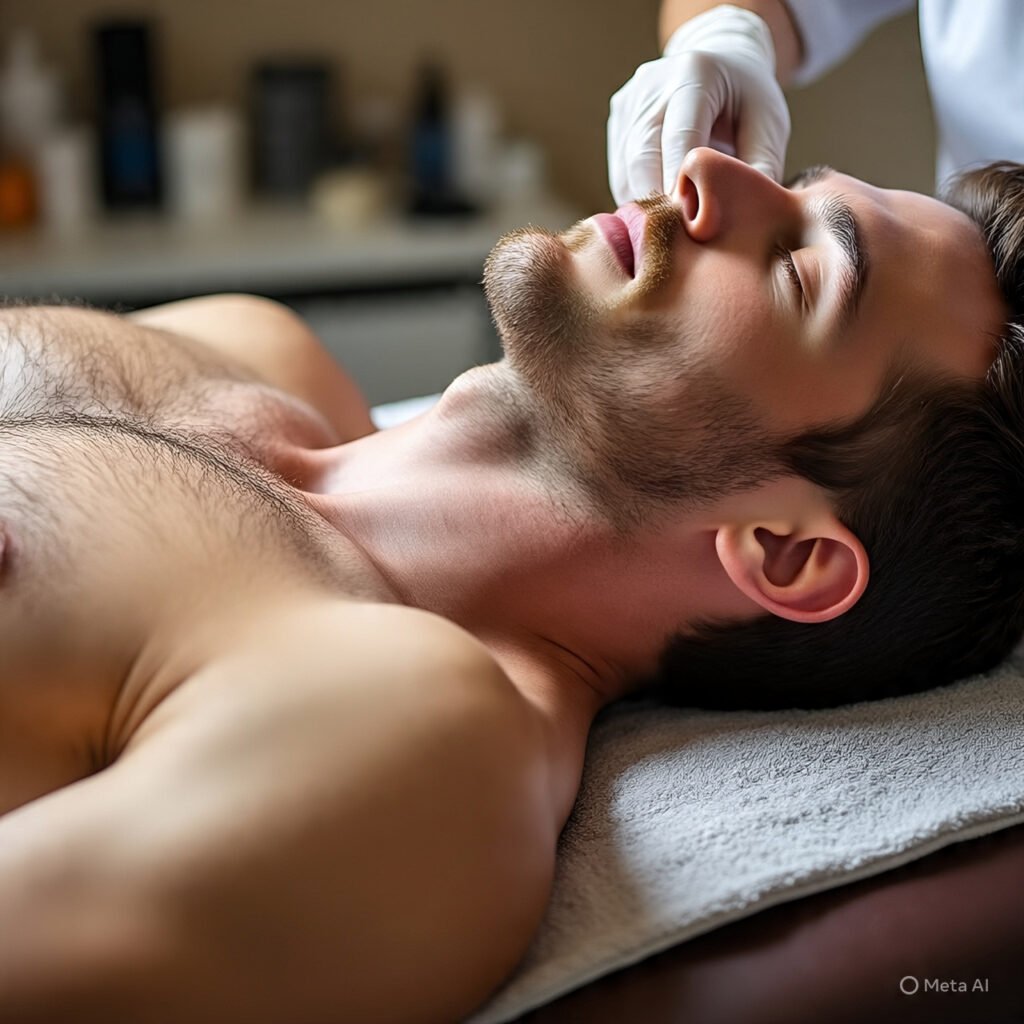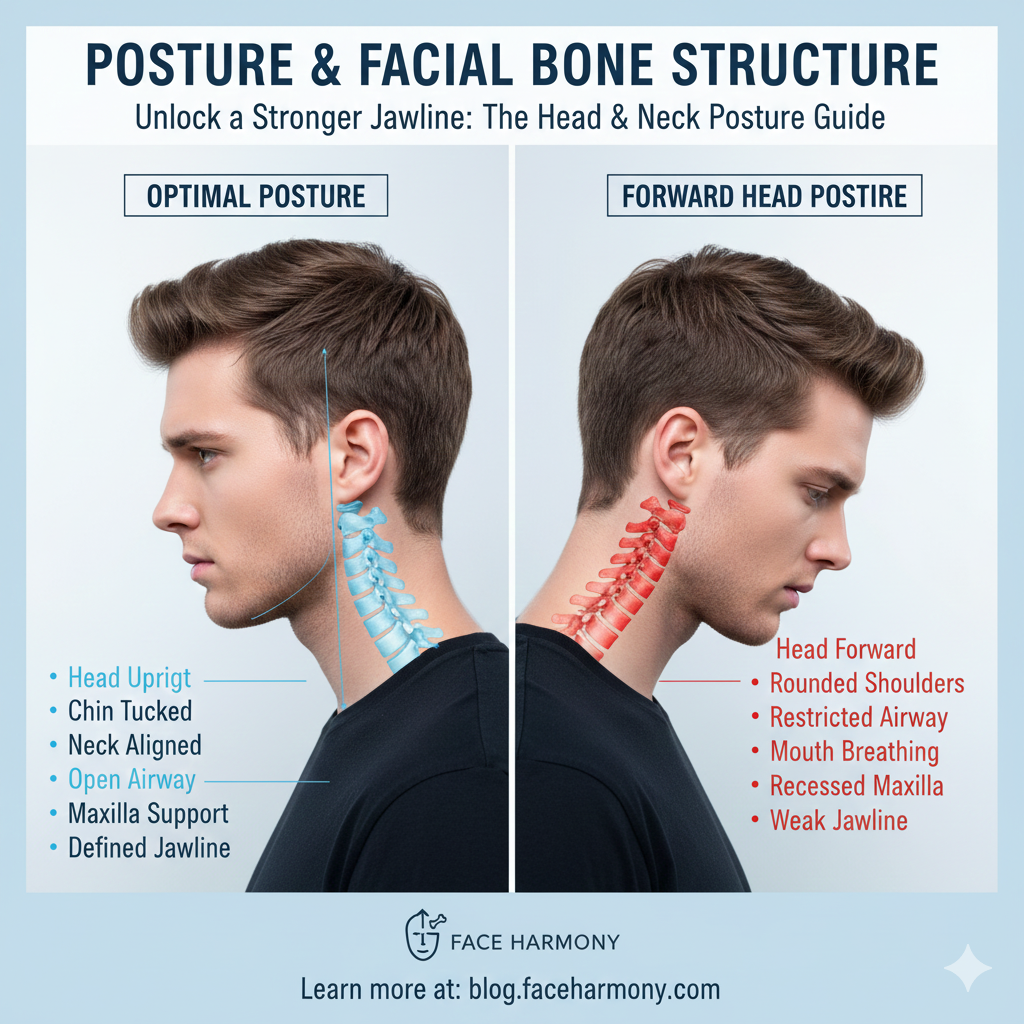Waxing is a popular hair removal technique that involves the application of warm wax to the skin, which is then covered with a cloth or paper strip. chest hair waxing
When the strip is pulled away, it removes hair from the root, providing a smoother finish compared to other methods such as shaving or the use of depilatory creams.
This process not only eliminates the hair shaft but also pulls the hair follicle from beneath the skin, thereby delaying regrowth.
There are two primary types of wax used in the waxing process: hard wax and soft wax.
Hard wax is typically applied warm and allowed to cool slightly before being removed without the need for strips, making it ideal for sensitive areas such as the chest.
Soft wax, on the other hand, requires cloth or paper strips for removal and is often used on larger areas of the body.
Both types of wax can provide effective results, although selecting the appropriate one for chest hair removal can significantly enhance comfort and efficiency.
One of the chief benefits of waxing is its ability to result in longer-lasting smoothness.
Unlike shaving, which only trims hair at the surface level, waxing addresses the hair below the surface.
As a result, individuals may find that regrowth occurs less frequently and the hair that does grow back may be finer and less noticeable over time.
This extended duration of smooth skin can contribute to the appeal of waxing as a preferred method of hair removal for men and women alike.
Overall, waxing is a comprehensive approach to chest hair removal that offers numerous advantages over alternative methods.
By understanding its workings and benefits, individuals can make informed choices regarding their hair removal preferences.

Videos are added as random thoughts 💭 💭 💭.
Preparing for Your Waxing Session
Before embarking on your chest hair waxing journey, adequate preparation is crucial to ensure a successful and comfortable experience.
The first step in this process is selecting a reputable salon or determining whether to undertake the procedure at home.
If you opt for a salon, conduct thorough research by reading reviews and seeking recommendations to find a qualified esthetician.
Look for establishments that prioritize hygiene and customer comfort, as these factors greatly influence the overall experience.
Exfoliation of the skin is another essential preparation step.
It is advisable to gently exfoliate the chest area a day or two prior to the waxing session.
This practice helps remove dead skin cells, allowing for a smoother waxing process and minimizing the risk of ingrown hairs.
Consider using a mild scrub or an exfoliating glove to avoid skin irritation.
Additionally, ensuring that the hair is at the appropriate length—ideally about a quarter of an inch—will facilitate easier removal and enhance the effectiveness of the waxing procedure.
Mental preparation plays an equally important role in this process.
Waxing can be an uncomfortable experience, and it is essential to acknowledge and accept this before the session.
Engage in relaxation techniques such as deep breathing, meditation, or visualization to ease any anxiety.
Communicating your preferences and comfort levels with your esthetician is vital.
Don’t hesitate to express any concerns about sensitivity, pain tolerance, or specific areas requiring attention.
A professional esthetician will appreciate your openness and can tailor the experience accordingly, making the entire process more pleasant.
Post-Waxing Care: Tips for Soothing Your Skin
After undergoing a chest hair waxing session, it is essential to prioritize post-waxing care to ensure your skin remains healthy and free from irritation.
The first step is to soothe the skin, which is likely to experience redness and sensitivity.
Opt for a cold compress or apply ice wrapped in a cloth immediately after waxing to minimize swelling and discomfort.
This method can provide an instant cooling effect that calms the skin.
Moisturization plays a crucial role in post-waxing care.
After the initial swelling has subsided, use a gentle, fragrance-free moisturizer to hydrate the skin.
Products containing aloe vera or chamomile are particularly beneficial, as they possess anti-inflammatory properties that help reduce redness and irritation.
Additionally, avoid products with harsh chemicals, fragrances, or exfoliating agents that could exacerbate skin sensitivity.
It is advisable to refrain from waxing the same area again for at least three to four weeks.
This waiting period allows the hair to grow back to an optimal length for removal and gives your skin time to recover.
If you experience ingrown hairs, consider using an over-the-counter treatment specifically designed to reduce their occurrence.
Exfoliating gently once or twice a week post-waxing can also help prevent ingrown hairs by removing dead skin cells.
When choosing clothing after waxing, it is best to wear loose-fitting attire to minimize friction against the sensitive area.
Tight clothing can irritate the waxed skin and may lead to discomfort or redness.
Fabrics that are breathable and soft will allow for better air circulation and can enhance your overall comfort.
Implementing these aftercare practices is essential for a smooth recovery and maintaining the health of your skin following chest hair waxing.
Common Myths and Misconceptions About Waxing Chest Hair
Waxing chest hair is surrounded by various myths that can deter individuals from trying this hair removal method.
It is essential to address these misconceptions to ensure a more informed perspective.
One prevalent myth is that waxing is excessively painful.
While it’s true that waxing can involve some discomfort, the level of pain varies significantly from person to person.
Many find the pain decreases with regular waxing as hair follicles adapt to the process.
Over time, users often report that the experience becomes more tolerable.
Another misconception is that waxing leads to thicker hair regrowth.
In reality, waxing removes hair from the root, which often results in finer and softer regrowth over time.
Frequent waxing can even lead to a reduction in hair density as the hair follicles become weaker.
This myth persists, perhaps because individuals may mistakenly associate initial regrowth after waxing with increased thickness,
but this is not substantiated by dermatological evidence.
Some people also believe that waxing is detrimental to the skin, potentially causing long-term damage or irritation.
While improper waxing techniques can indeed result in skin irritation, a skilled practitioner using high-quality products can minimize risks.
Post-wax care, including soothing creams or gels, can significantly reduce irritation and support skin recovery, proving that waxing can be safely executed with proper precautions.
Lastly, a common belief is that waxing is unsuitable for sensitive skin.
Conversely, individuals with sensitive skin can still benefit from waxing by opting for specialized products designed for their skin type.
Consulting with a professional can help choose the right wax and ensure the technique used is gentle yet effective.
Addressing these myths allows individuals to make well-informed decisions regarding waxing as a viable hair removal solution.
Thanks
Due to spam comments are closed 🔒 🔒…






